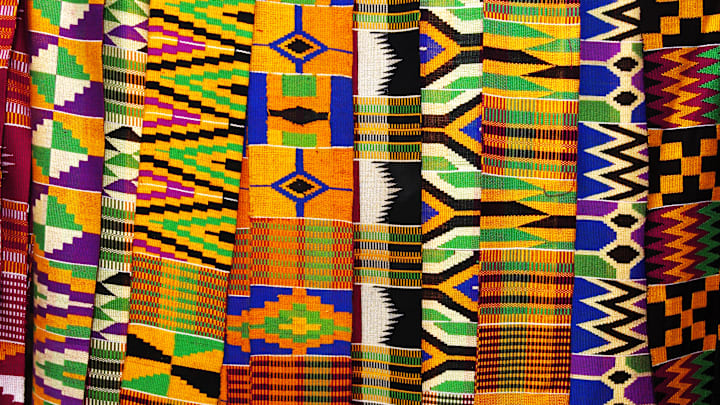The Cultural Significance of Traditional Textiles

Traditional textiles hold a deep cultural significance, reflecting the history, identity, and craftsmanship of the communities that create them. These textiles are often produced using age-old techniques passed down through generations, and they embody the values, beliefs, and traditions of the people who make them. The cultural significance of traditional textiles goes beyond their aesthetic appeal; they are a living testament to the rich heritage and diversity of human cultures.
Each traditional textile tells a story, whether it’s the vibrant kente cloth of Ghana, the intricate ikat weaves of Indonesia, or the delicate silk saris of India. These textiles often feature patterns, symbols, and colors that carry specific meanings, representing everything from social status to spiritual beliefs. For example, the colors and patterns of kente cloth are deeply symbolic, with each design conveying different messages and values. In many cultures, traditional textiles are used in important ceremonies and rituals, such as weddings, funerals, and religious events, underscoring their cultural and spiritual significance.
The production of traditional textiles is often a labor-intensive process that requires a high level of skill and expertise. Many of these textiles are handwoven, dyed, or embroidered using techniques that have been honed over centuries. The craftsmanship involved in creating traditional textiles is a source of pride for the communities that produce them, and it is an important aspect of their cultural identity. By preserving these techniques and passing them down to future generations, these communities ensure the continuity of their cultural heritage.
However, the cultural significance of traditional textiles is increasingly at risk due to the pressures of modernization, globalization, and industrialization. Mass-produced textiles and changing consumer preferences have led to a decline in demand for traditional textiles, threatening the livelihoods of artisans and the survival of traditional crafts. In response, there has been a growing movement to preserve and promote traditional textiles, both within the communities that produce them and in the global marketplace.
Efforts to protect traditional textiles include initiatives to support fair trade, sustainable production, and the documentation of traditional techniques. Organizations and designers are working to create new markets for traditional textiles by incorporating them into contemporary fashion and home decor. By raising awareness of the cultural significance of traditional textiles and promoting ethical practices, these efforts aim to preserve the rich heritage of textile craftsmanship for future generations.
In conclusion, traditional textiles are a vital part of cultural heritage, embodying the history, identity, and craftsmanship of the communities that create them. Their cultural significance goes beyond their aesthetic value, representing the deep connections between people, traditions, and the land. As the world becomes more globalized, it is essential to preserve and promote traditional textiles, ensuring that these cultural treasures continue to thrive and inspire future generations.